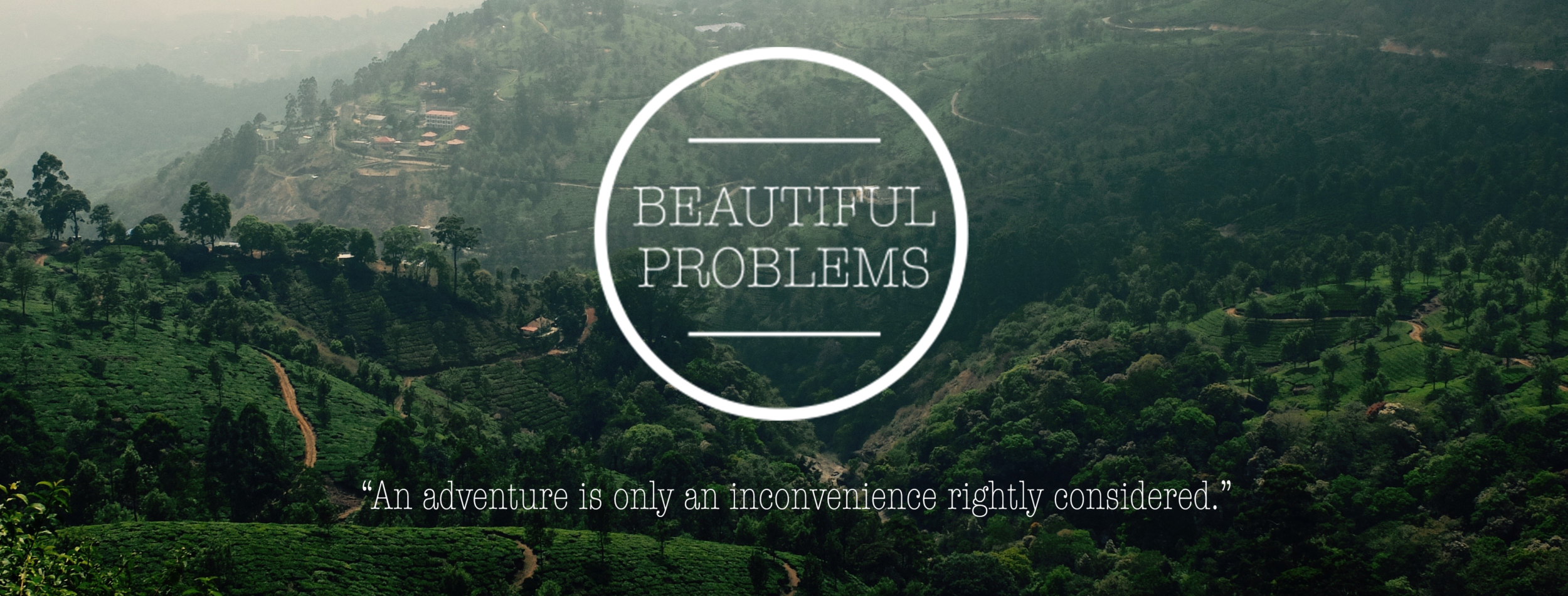Where is the line with photo manipulation?
As I get more into photography and trying to produce the best possible version of a scene I saw in real life, I have started to think about the paradox between the expectation that as a photographer my work will tell some sort of truth- it is expected to reproduce something that actually happened- but also the expectation that as an artist my duty is to tell another sort of truth- how a scene felt– through the tool that I have to do that: a camera.
Obviously photo journalism needs to faithfully reproduce what was in front of the camera, but when the goal is something else- to inspire an emotion or tell a story, for example- where is that line? This is by no means a new conversation, and if you want to read some good pieces on it check out Stories Behind the Images by Corey Rich, or Beauty in Photography by Robert Adams.
“What the artist attempts to do is to make something that will convince us of life’s value.” -Beauty in Photography
Most people would say it is acceptable to clean up a speck on the lens or dust on a negative, and it is now assumed that most portraits will have some work done for pimples or wrinkles. Lifestyle and street photography has also applied these norms to ‘distractions’ such as trash on the ground, a bright sign, or even imperfections in the pavement. Photography is about guiding a viewer’s attention: with the light, with the focus, with the framing of a single scene in all of the possible directions there were to point the camera that day. Is removing ‘distractions’ or ‘imperfections’ in post a furthering of that process, or is it something else? Where should it end?
Look here.
If we want to get technical, a camera already ‘manipulates’ what it sees. A camera’s color science will vary from brand to brand and model to model, different films’ chemicals interact differently with light. All of this happens before the photographer even gets involved. Add to that where the camera is pointed, what is kept in versus cut out of a scene, how it is focused and exposed… we appreciate photography because the photographer has made these choices for us, she has said, Look here. This is interesting.
This work continues in the editing room. Nowadays with RAW files there is so much information in the file itself that you will never see all the possible permutations of that image, just the choices made by the editor that resulted in the final image. Leave the sky blown out or show cloud detail? Pull the shadows up or leave them dark and moody? To show everything, as can be done through HDR images, looks unfaithful to how we naturally see the world. (Aside: HDR, or High Dynamic Range images, allow both bright skies and deep shadows to be edited in such a way so as to reveal an unnatural amount of detail in both, and tend to look surreal or over-edited, probably because the human eye has a range at which it can comfortably interpret bright scenes or dark scenes individually but not both at the same time. Think of your eyes adjusting to a dark room after coming in from a sunny day- it takes a second.)
“…only pictures that look as if they had been easily made can convincingly suggest that Beauty is commonplace.”
Beauty in Photography
Personally my goal with photography is to tell a story or inspire an emotion, and I am comfortable with cleaning up elements that detract from those goals, as long as they don’t purport to tell a story that is significantly different from what was actually before me when I pressed the shutter. I want to see first and foremost in the final image the subject that inspired me to take the picture in the first place. The things I might not have noticed when taking the photo- a bright shopping bag on the ground, a foot in the corner of the frame- become more distracting in two dimensions than they were when I was observing the actual moving subject.
What do you think? Where’s the line in the sand?
Follow my photography on instagram: @ericbatesimages









